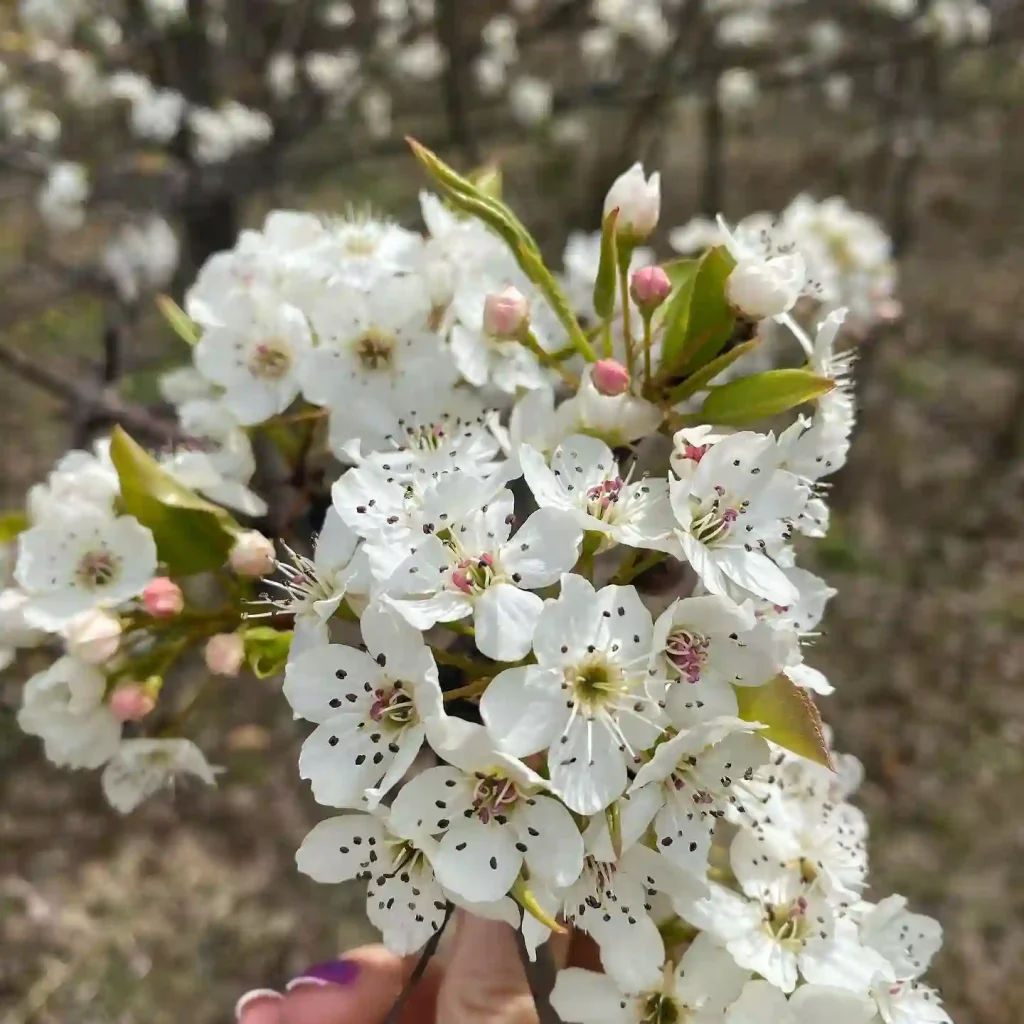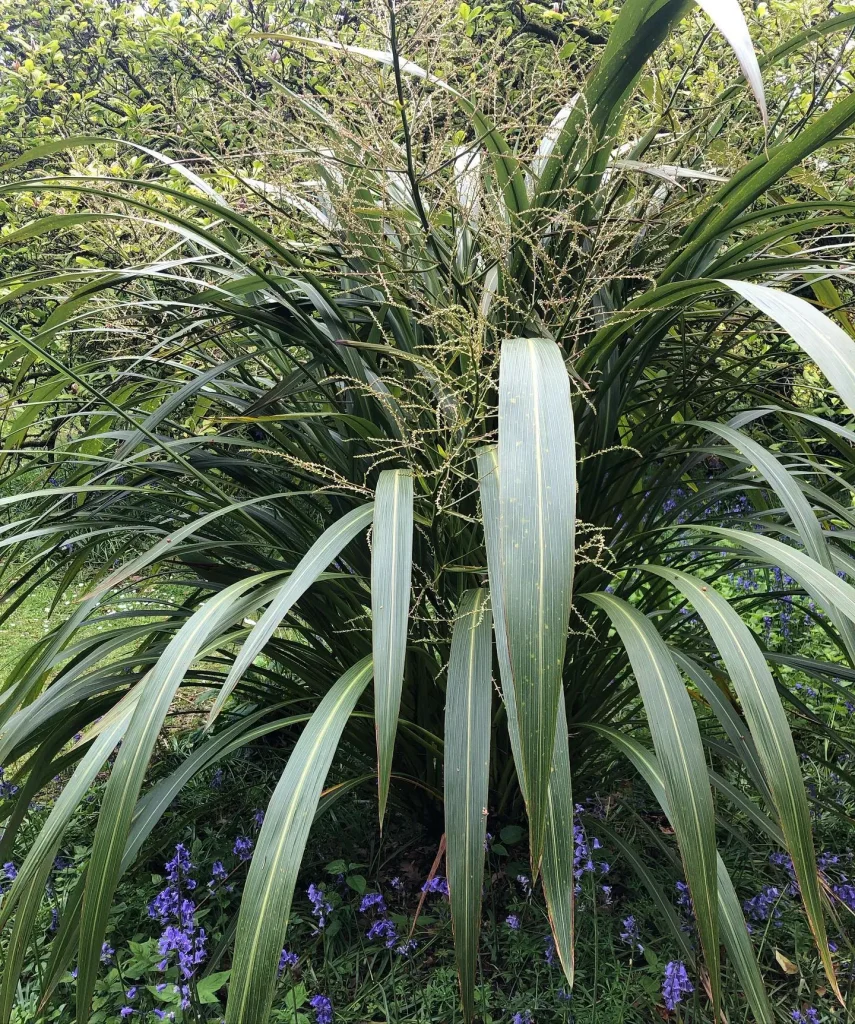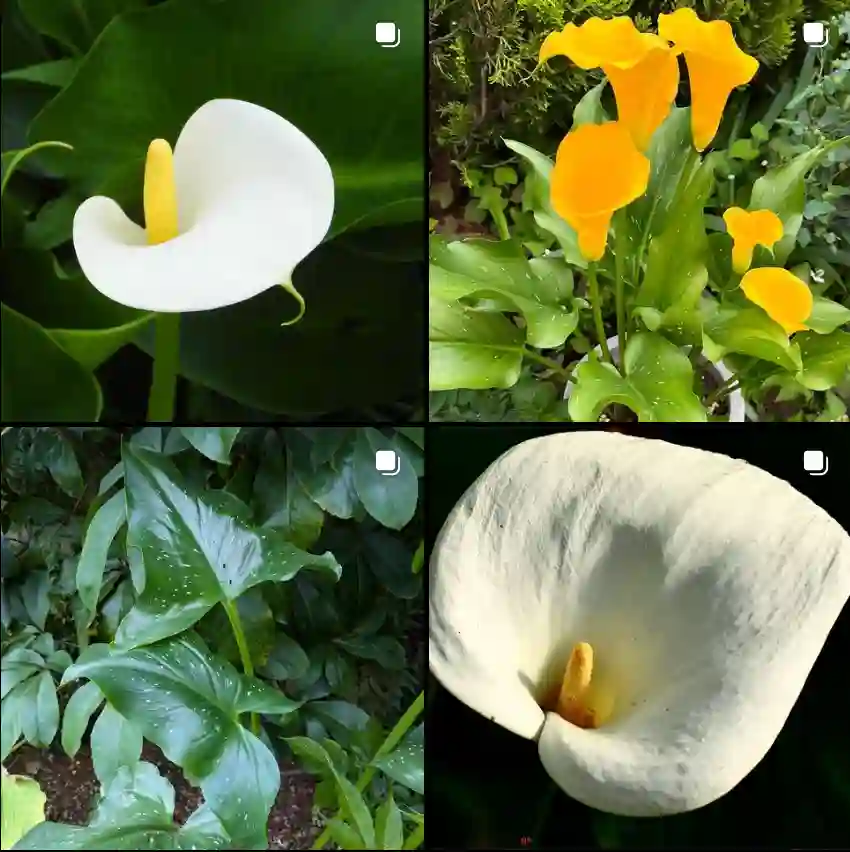My Love Affair with Nemophila
Nemophila. The name itself sounds like something whispered on a spring breeze, doesn’t it? It evokes images of delicate blooms and vibrant colors, and for me, Ferb Vu, it’s a genus of plants that holds a special place in my heart.
My fascination with Nemophila began many years ago during a visit to Hitachi Seaside Park in Japan. I was awestruck by the sight of rolling hills carpeted in a sea of blue – millions of Nemophila flowers swaying gently in the breeze. It was like something out of a dream. Since then, I’ve been captivated by these charming little plants, and I’ve made it my mission to learn everything I can about them.
Nemophila, also known as baby blue-eyes, are a genus of annual herbs belonging to the Boraginaceae family. Native to North America, most of the species are found along the Pacific coast. They’re characterized by their cup-shaped flowers, which typically come in shades of blue, white, or purple, often with delicate markings. These charming blooms usually appear in the spring, adding a touch of whimsy to any garden.
A Closer Look at Nemophila Species
There are around 13 recognized species of Nemophila, each with its own unique charm. Some of the most common ones include:
- Nemophila menziesii: This is perhaps the most well-known species, often referred to as “baby blue-eyes.” It boasts beautiful sky-blue flowers with white centers, creating a captivating contrast. Plant FAQs: Nemophila Menziesii – Baby Blue Eyes Wildflower
- Nemophila maculata: Also known as “five-spot,” this species is easily recognizable by its white petals adorned with five purple spots. It’s a real showstopper in any garden. Plant FAQs: Nemophila Maculata
- Nemophila parviflora: This species has smaller, more delicate flowers compared to its relatives. Its pale blue blooms add a subtle touch of color to woodland settings.
- Nemophila pedunculata: This species is known for its creeping habit, making it a great ground cover option. Its white flowers with blue centers add a touch of elegance to rock gardens or borders.
- Nemophila pulchella: This species has stunning deep blue flowers with white centers, creating a striking contrast. It’s a popular choice for adding a pop of color to gardens.
- Nemophila aphylla (L.) Brummitt
- Nemophila breviflora A.Gray
- Nemophila heterophylla Fisch. & C.A.Mey.
- Nemophila hoplandensis C.M.Barr
- Nemophila kirtleyi L.F.Hend.
- Nemophila phacelioides W.P.C.Barton
- Nemophila sayersensis B.B.Simpson, Neff & Helfgott
- Nemophila spatulata Coville
Why I Admire Nemophila
My admiration for Nemophila goes beyond their aesthetic appeal. I’m drawn to their resilience and adaptability. They’re relatively easy to grow, thriving in a variety of conditions, from sunny meadows to shady woodlands. They’re also incredibly versatile, adding a touch of magic to gardens, borders, and even hanging baskets.
But what truly captivates me about Nemophila is their ephemeral nature. Their blooming period is relatively short, a fleeting reminder of the beauty and fragility of life. It’s a reminder to appreciate the present moment and to find joy in the simple things.
Nemophila in My Life
I’ve incorporated Nemophila into my own life in various ways. I cultivate a small patch in my garden, eagerly anticipating their arrival each spring. I also enjoy incorporating them into my artwork, capturing their delicate beauty in paintings and sketches.
For me, Nemophila represents hope, renewal, and the fleeting beauty of nature. They serve as a constant source of inspiration, reminding me to appreciate the small wonders that surround us.
In Conclusion
Nemophila may be small and unassuming, but they hold a powerful allure. Their delicate beauty, resilience, and ephemeral nature have captured my heart, and I believe they have the power to enchant anyone who takes the time to appreciate them.
So, the next time you encounter a patch of Nemophila, take a moment to admire their simple beauty. You might just find yourself falling in love, just as I did.
If i die, water my plants!



